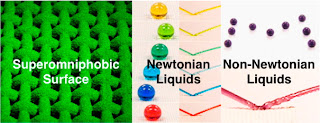I was out snowshoeing with a friend not long ago, and ate some snow because I was thirsty. My friend made a comment about the "distilled water" taste of snow, and I suddenly realized something that, really, I've known all along—snow effectively is distilled water.
Water distillation involves vaporizing impure water, then condensing the water vapour back to a liquid. In the case of snow, water vapour in the air freezes directly into snowflake form, making them pure—distilled—water.
Raindrops, on the other hand, while they also condense out of the water vapour in the air, absorb other vapours into the drop. There are some things that absorb more easily than others, SO2 being one of the well known pollutant related compounds that absorbs easily into water, and which makes acid rain. It's a little harder (but not impossible) to dissolve other stuff into solids.
